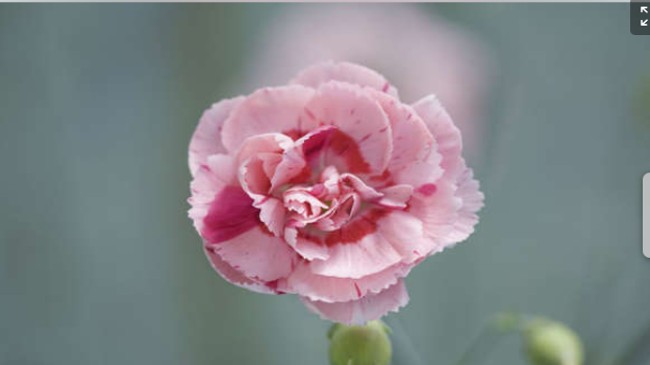1) January: Carnation & Snowdrop
Fitting for a January flower, carnations prefer cool temperatures and come in a variety of colors, each with a unique symbol. Pink carnations represent a mother’s love, for example, while dark red carnations indicate deep love, and white ones mean pure love.
Snowdrops also thrive in the cold, blooming in late winter or early spring. Their meaning can change depending on the occasion. During celebratory times they are thought to symbolize hope, but during difficult times they can convey sympathy and compassion.
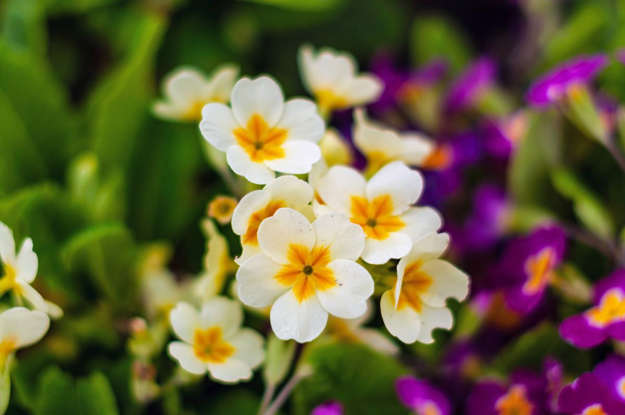
2) February: Violet & Primrose
Violets are named after their purple color, but can also be found in yellow, blue, and cream shades. The three primary traits associated with violets are modesty, humility, and faithfulness.
Primrose is a pale yellow flower that happens to be edible, making it a great cake topper for someone who has a February birthday.
Also Read– Springfield Armory XD .45 ACP Review: Better Than Glock or Sig Sauer?
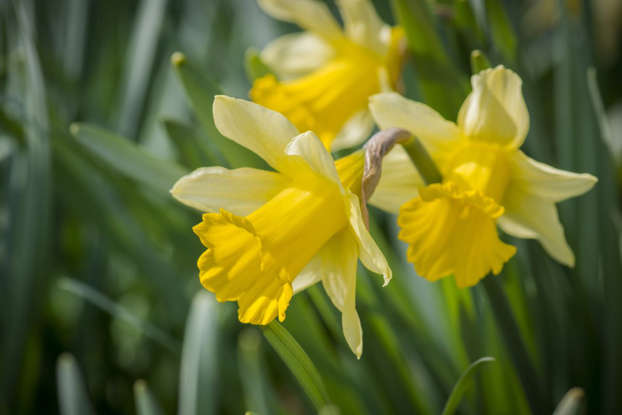
3) March: Daffodil & Jonquil
Daffodils are one of the first flowers to bloom in spring, which connects to their representation of rebirth and new beginnings. They also have various region-specific connotations. For example, in Wales and China they are believed to bring wealth.
Jonquils are a specific variation of daffodils, all of which are technically classified as Narcissus. This classification originates from the character in Greek mythology who fell in love with his own reflection until he died. The flower that grew from his final resting place bore his name, now more commonly known as a daffodil.
Read More:- Donald Trump’s indictment: Our reporters dig into the repercussions for 2024
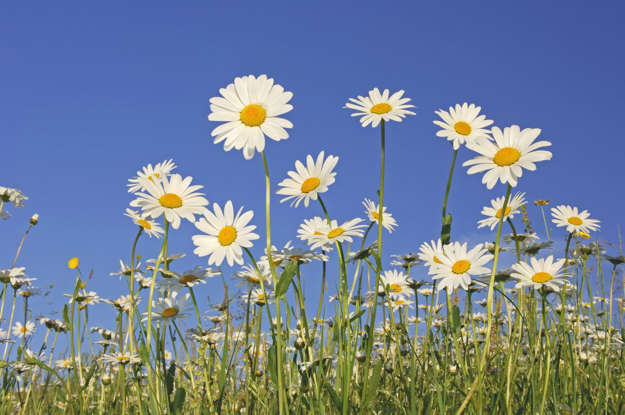
4) April: Daisy & Sweet Pea
Gerbera daises were discovered in South Africa in the late 1800s by a Scotsman who brought them home to Europe. They have come to symbolize true love, new beginnings and purity.
Sweet peas hold several positive connotations including blissful pleasure, good friendship, and kindness. Many people believe that they are especially appropriate when sending “thank you” flowers as a way to further extend gratitude.
Also Read– How To Apply Bottom Lash Mascara For A Smudge Free Finish
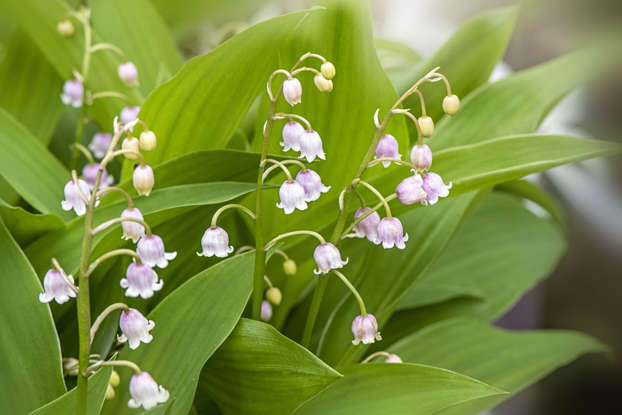
5) May: Lily of the Valley & Hawthorn
Lily of the Valleys bloom in May, making them an apt choice for May’s official birth flower. They are characterized by their bell shaped heads, and represent sweetness, motherhood, and humility.
Hawthorns are part of the rose family and broadly symbolize hope, faith, and happiness. In Celtic tradition specifically, they represent love and protection, and were often carried by brides.
Also Read:- Bobbi Brown Shares Her Best Beauty Tips For People With Gray Hair

6) June: Rose & Honeysuckle
Red roses need no introduction as one of the most popular, romantic flowers, but you may not know that other colored roses also have special meanings. Pink roses symbolize admiration and happiness, and orange ones indicate excitement and desire.
Because they’re difficult to kill when established, honeysuckles have come to symbolize devotion and everlasting bonds. Hummingbirds tend to love them, which may be a reason why they are also associated with affection and happiness.
Read More:- Salt & Straw Is Reissuing 5 Ice Cream Flavors For Its Nostalgic April Series
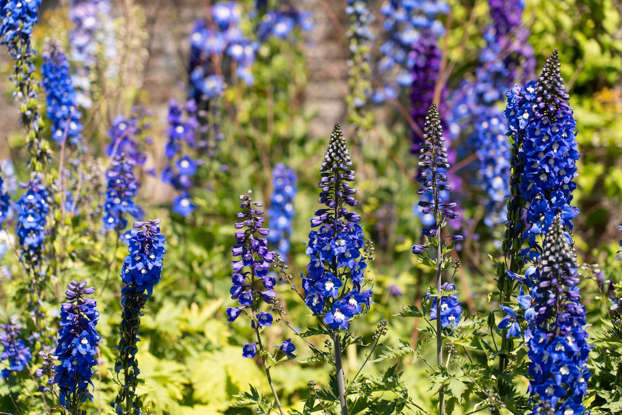
7) July: Larkspur & Water Lily
With their height and vibrant color, larkspurs are an attractive flower, but can be dangerous for gardens due to the fact that they are poisonous. As July’s birth flower, they symbolize positivity and dedication.
Water lilies are named after the Greek myth of nymphs, and are associated with peace, balance, and unity. For Buddhists, they represent rising into the spiritual world.
Read More:- Lori Harvey Slips on Velcro Slides & GymShark Leggings for Pilates Workout
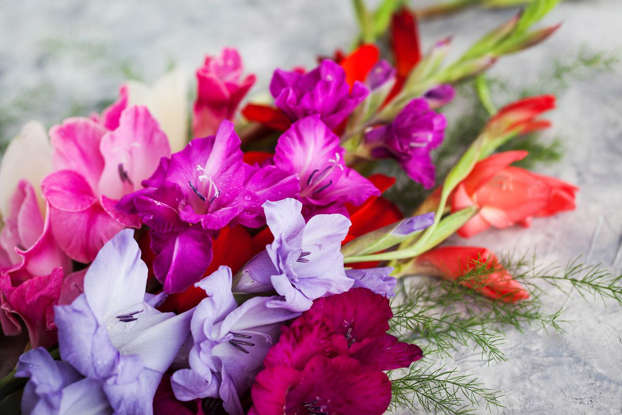
8) August: Gladiolus & Poppy
Today, the gladiolus stands for integrity, remembrance, and strength. In Victorian times however, it was associated with infatuation, since romantics believed the flowers could pierce hearts with their beauty.
Many will recognize poppies, which often appear around Memorial Day, as a tribute to fallen soldiers. This is because historically they were often the first type of plant to grow on former battlefields.
Read More:- Creating Affordable And Beautiful Faux-Stained Glass Is Easier Than You Think
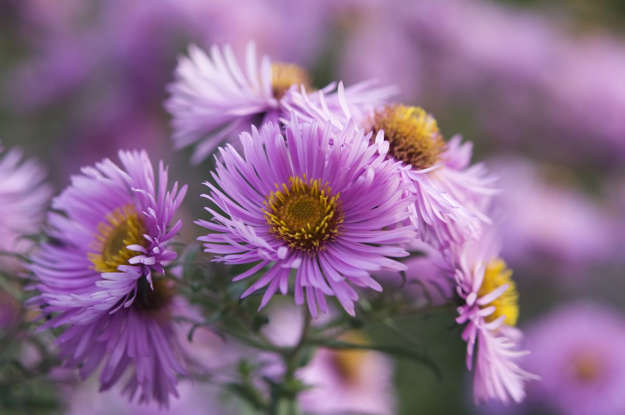
9) September: Aster & Morning Glory
Asters are named after the Greek word for “star” due to their star-like appearance. They have a variety of associations, including love, wisdom, and faith, and have been the subject of famous artworks by Claude Monet and Vincent van Gogh.
Morning glories come in a variety of colors, including hot pink, indigo, red, white, and blue. In Japan, they symbolize both love and innocence, which makes them a popular gift for young lovers.
Also Read- Startup CEO charged in $175 million fraud case

10) October: Marigold & Cosmos
With its bright orange color, the Marigold is the perfect companion to fall pumpkins as the representatives for October. This flower comes from the Mediterranean, and evokes courage, passion, and creativity.
Cosmos are native to Mexico and are similar in appearance to daises. They serve a variety of medicinal purposes, and symbolize order, harmony, and balance.
Also Read- Baltimore shooting leaves 3 people dead, 1 in critical condition
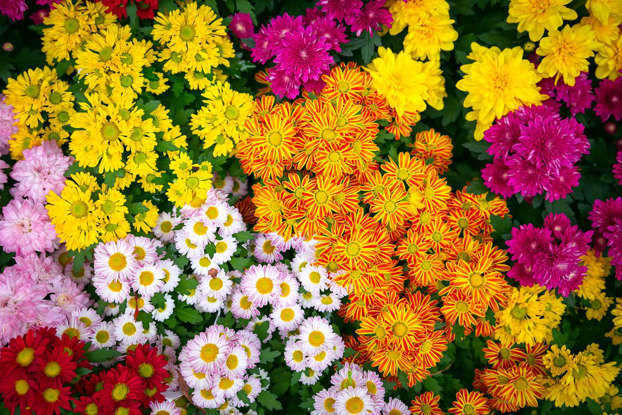
11) November: Chrysanthemum
The Chrysanthemum is the only birth flower of November and has a long history, dating back to 15th century China when it was first cultivated. It symbolizes joy, longevity, and loyalty.
It also happens to be the official flower for celebrating a 13th wedding anniversary, if that applies to you or someone you know.
Read More:- Social Security 2023: Here’s When Your April Check Will Arrive
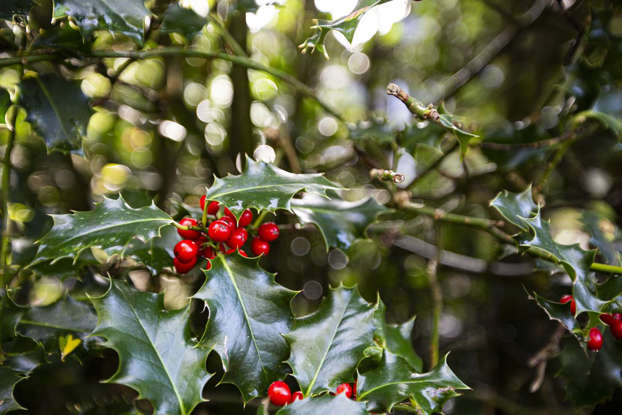
12) December: Narcissus & Holly
The paperwhite narcissus (unlike the yellow one which represents March) is one the official flowers of December. The paperwhite gets its name from the delicate texture of its petals, which are said to be as thin as paper. It symbolizes purity, faith, and respect.
Holly will look very familiar as a modern staple of Christmas decorations. The spiky leaves have long been a symbol in Christianity of the thorny crown placed on Jesus’s head at his crucifixion. In current times, it represents happiness and peace.

